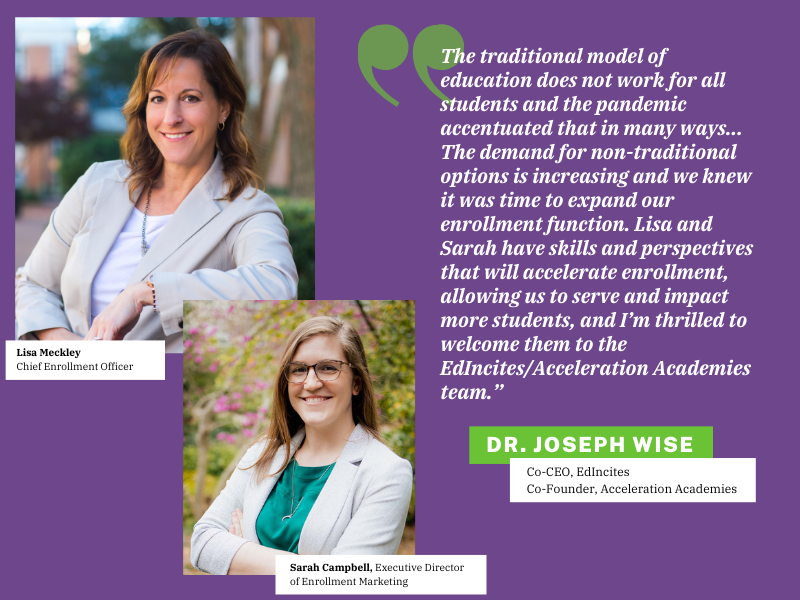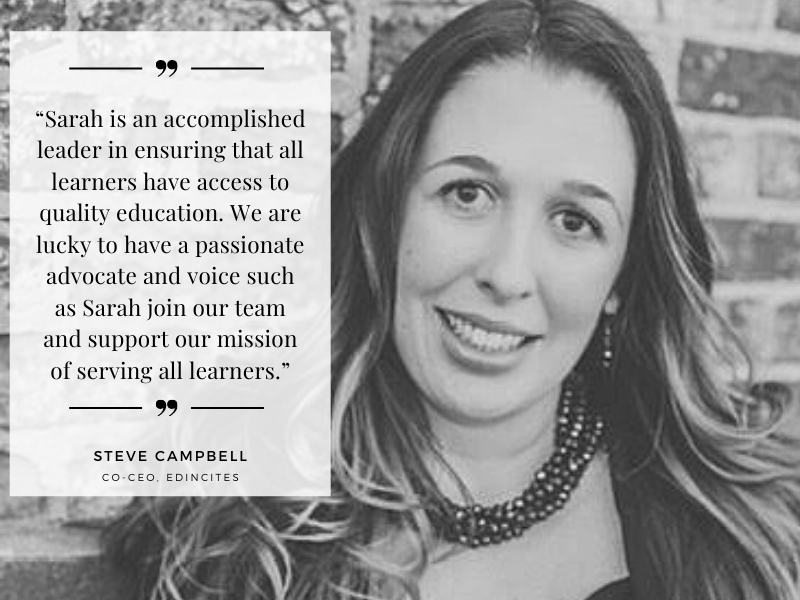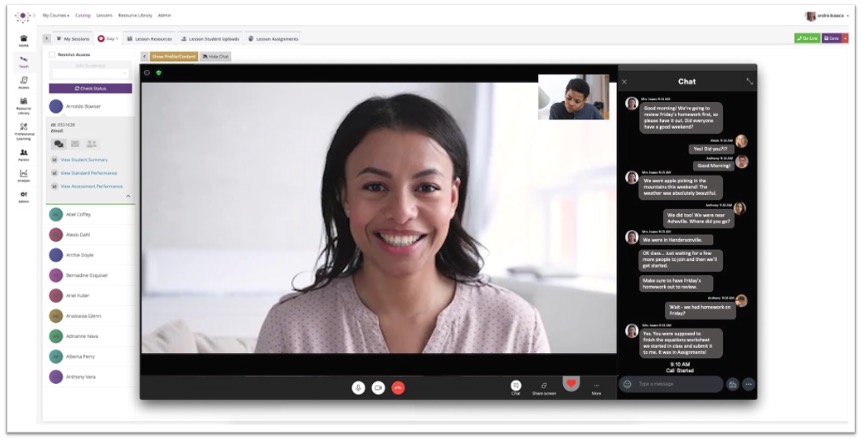This post was written by Rachel Strome, a Kindergarten Teacher at Springdale Elementary in Cincinnati, Ohio.
What a school year it has been! From scares of COVID to internet outages, our remote kindergarten class has seen it all, but not without a little bit of fun! We’ve had the opportunity to engage in synchronous, asynchronous and small group activities. Here are 10 simple ways we’ve kept up with learning and playing:
# 1: Social-Emotional Learning
With a trying and scary start to the school year, we made sure to build our emotional toolboxes. With a little help from a classroom favorite we were able to ease into the new world of virtual schooling. Spiderman visited to share the different ways he deals with difficult emotions. Students then dressed in costumes to power up their emotional strategies and create toolboxes to meet their personal needs!
#2: Relationship Building
School isn’t school without friendships! I set aside forty-five-minute play-dates daily for small groups of students to get to know one another, work on social skills, and just play! We start by introducing ourselves, first and last name before I turn off my camera and microphone to let the fun happen. Dance parties, Simon Says and Hide-and-Seek games, coloring competitions, and more happen. Students are asking daily when it will finally be their turn for the next play-date!
#3: Intentional Play
Kindergarten is all about exploring and playing. Remote schooling doesn’t need to stop that! With a little make-believe and play, we can make the most of instruction. Our vocabulary word for the day was “checkout”. I grabbed some food items with barcodes. Some students beeped to checkout, while others swiped their credit cards!
#4: Science Demonstrations & Experiments
Science demonstrations go a long way in asynchronous learning. It’s not equitable to assume that all students have access to the same materials in the home or the adult support to experiment, but I can demonstrate how lungs work, a stomach breaks down food, how birds migrate, how clouds are formed, etc. Of course, students are encouraged to experiment themselves if possible and love sharing out their findings over the app, SeeSaw.
We’ve also loved pretending to be meteorologists on SeeSaw, grabbing microphones or spoons to update on the weather.
#5: CVC Words
Learning to decode and blend words can be just as exciting as anything else! If this COVID year has taught us anything, it’s that less is more. TeachingWithoutFrills is the queen of no-frill activities and gave us the idea to play Phonics Pictionary. With just a whiteboard and marker, building and reading CVC (consonant, for non-Kindergarten teachers) words can be so much fun! During virtual play-dates students even started leading the game all on their own!
#6: Shapes
Working with 2-D and 3-D shapes in virtual school can be tricky. Students went on scavenger hunts to find examples of 2-D and 3-D shapes in the home and share on the app, SeeSaw for classmates to compare findings. It’s never been a better time to incorporate student interest and home-life into the classroom.
#7: Seasonal Changes
Learning about seasonal changes from the home is oh so fun! After using the five senses to make sense of the changes happening around us, I set up an animal trap! I set up acorns in my backyard to see what animal would come by and steal the little treat! Students made predictions about what could come by and had fun guessing that my dog could be the thief!
#8: Addition & Subtraction
Diving into addition and subtraction? No Problem! Mr. Chad Add and Mr. Linus Minus came to help out. Mr. Chad Add taught us about addition before packing up and leaving town for a couple of weeks. Then his arch-nemesis, Mr. Linus Minus sauntered and stole everything! He taught us about subtraction of course.
To encourage fluency of addition and subtraction facts within 5, we used every spare moment to play Banana Blast. I recorded equations on the bananas and we waited anxiously for the monkey to jump!
#9: Community
As we delved into learning about our community we took to Google Earth with our “tour hands” to see what we could find! We were able to quickly and easily see the school, rec center, bakeries, the fire station, and homes! As we learned more about the community and community helpers, I encouraged students to design and build their very own communities through artwork and toys. Students shared on SeeSaw so we could watch videos and look at pictures of work while explanations were shared. It was a fun way to incorporate home-life, student interest, and play!
#10: Living Things
As we enter into spring we will be growing lima beans from home and comparing the growth from student to student. I packed up a few lima beans and paper towels into a baggy for just a few dollars. We’ll all be able to produce living things from home while we learn about living vs. nonliving things.
This remote kindergarten classroom has taught me that anything is possible, with just a little bit of spice!



